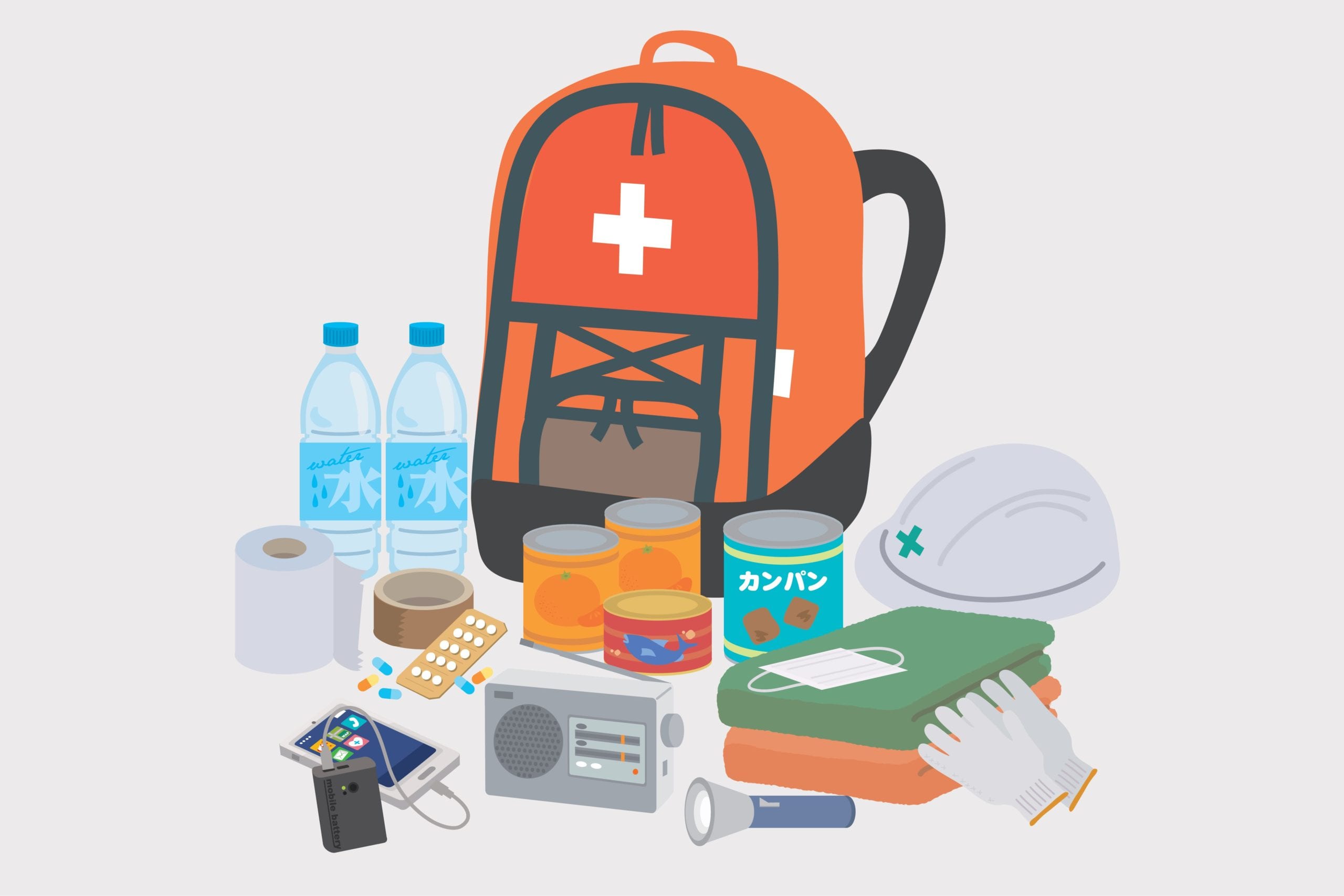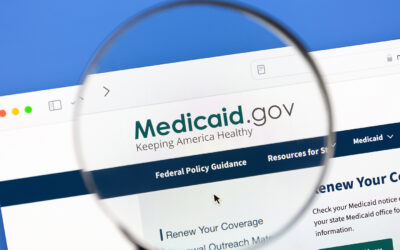
Are You Prepared for an Emergency?
Written by Abigail Guerdat, Communications & Grants Associate at Easterseals Northern California
Proudly endorsed by CVS Region 68
September is National Preparedness Month, but safety should be on our radar every day. We never know when disaster can strike, so being prepared in advance is always the best strategy for success—or even survival—when the moment hits. Regardless of ability, taking the time now to plan ahead (you know, when you’re not in an emergency) can be a real lifesaver when you are.
Whether you live alone, with family, or are a caretaker for a parent or client, today is a great day to make sure your emergency plans, survival bags, and First Aid Kits are all up to snuff. This blog is proudly endorsed by Region 68 of CVS, one of our corporate partners. Region 68 works with us to support our programs in the Tri-Valley Area and works with the community at large to ensure they’re safe and healthy.
Check out our list of recommended preparedness pro tips and see how prepared you are for an emergency.
Survival Bag
Putting together a comprehensive survival bag is an important step for staying ahead of the emergency curve. These bags should contain the essentials for survival (while being lightweight) and can be modified as you see fit. It’s a good practice to keep one for every person in your home and it never hurts to keep one in your car or workplace, too. The ideal basic survival bag should contain:
Water & Food
- Meals ready to eat (MREs)
- Canned or dried food
- Sealed bottled water
- Iodine tablets or survival straw to purify non-potable water
Medication
- A small amount of antibiotics (for general infections)
- Back-up refills for your prescription medications
Basic First Aid Kit
- Bandages, antiseptic wipes, and ibuprofen for pain relief and reducing fever
- Sunscreen
- Soap for basic hygiene
- Travel toothbrush and toothpaste
- Spare glasses (if you wear them)
- Small flashlight and spare batteries
- Whistle and/or emergency light
- Emergency blanket
- Cash and a few dollars in change
First Aid Kit
The next item to have on hand in an emergency is a thorough First Aid Kit. When medical attention is needed during a disaster, a good First Aid Kit can be the difference between life and death. These are just the basics, so you may want to add more depending on your specific needs. For optimal first aid preparedness, keep one at home, in your car, and know where the first aid stations are at your work.
Key items for First Aid Kits:
- A secure bag to contain first aid materials and keep them clean
- Antibiotics (for general infections)
- Over-the-counter medications, such as ibuprofen for fever reduction and mild pain relief, topical analgesics and skin ointments, aspirin for blood thinning, and antihistamines
- Smelling salts
- Tweezers
- A small splint
- Adhesive bandages, gauze, sports tape, super glue, and a suture kit
- Antiseptic cleansers like isopropyl alcohol wipes or a small bottle of hydrogen peroxide
For a complete 140-item First Aid Kit, go to CVS—it comes with a first aid guidebook and is FSA eligible!
Emergency Plan
Having a solid disaster support network, evacuation route, and a well-thought-out back-up plan can really help get you out of harm’s way. Disasters like earthquakes and fires can strike without warning, while storms and tsunamis can become red alarms very quickly. It’s best to have an emergency protocol established and to review and test it every so often. Below are three main components for a good emergency plan:
Have a personal support network
- This should include your family; dependable friends, coworkers and neighbors; caregivers; and building managers.
- Check in with them at least twice a year and make sure they’re still available and aware of what their responsibilities are, such as assisting you with evacuations, helping you carry supplies, etc.
Set an evacuation and rendezvous point
- Always know your exits! Make sure you know where every exit is in your home, office, etc. as well as the best exits for evacuating from your town or city.
- When phones and internet are unavailable, coordinating a meetup point or evacuation route far away from danger can be a nightmare, so plan ahead with paper maps (yes, they still exist) of your area and printed directions to any designated rendezvous points. Print phone numbers for those in your support network and checklists to make sure you have everything you need. (Check out our National Safety Month blog post for a list of emergency contacts to add into your phone.)
- Practice emergency drills at least twice a year, taking into account furniture changes or anything that may hinder the evacuation of someone with special needs.
Make a back-up plan
- Keep manual healthcare equipment on hand to replace electric equipment you use daily, such as manual wheelchairs or crutches, battery-powered clocks for timing medications, etc.
- Stock some emergency food and water rations, candles and matches, spare battery packs, and critical medical equipment in your home for those who need it (like this insulin cooling case).
- Set up alternate rendezvous points, evacuation plans, and keep getaway gear on hand, like emergency flat tire repair kits and respirator masks.
While emergencies thankfully don’t happen every day, they can be absolutely devastating when they strike. Being vigilant and prepared brings not only peace of mind today, but a better shot at success when an emergency does happen. Safety is everyone’s responsibility, so we’re encouraging our readers this month to make sure those in our communities are as prepared as possible.
More Stories
How to Make Your Holiday Celebrations Inclusive for Everyone
Holidays bring opportunities to spend time with loved ones. Follow these tips to learn how you can make your holiday celebrations inclusive for everyone!
Giving Tuesday: Help Families Soar
Learn about qualifying for Social Security benefits, available to adults who cannot work because of Autism Spectrum Disorder and for parents of children with ASD.




Connect with Us